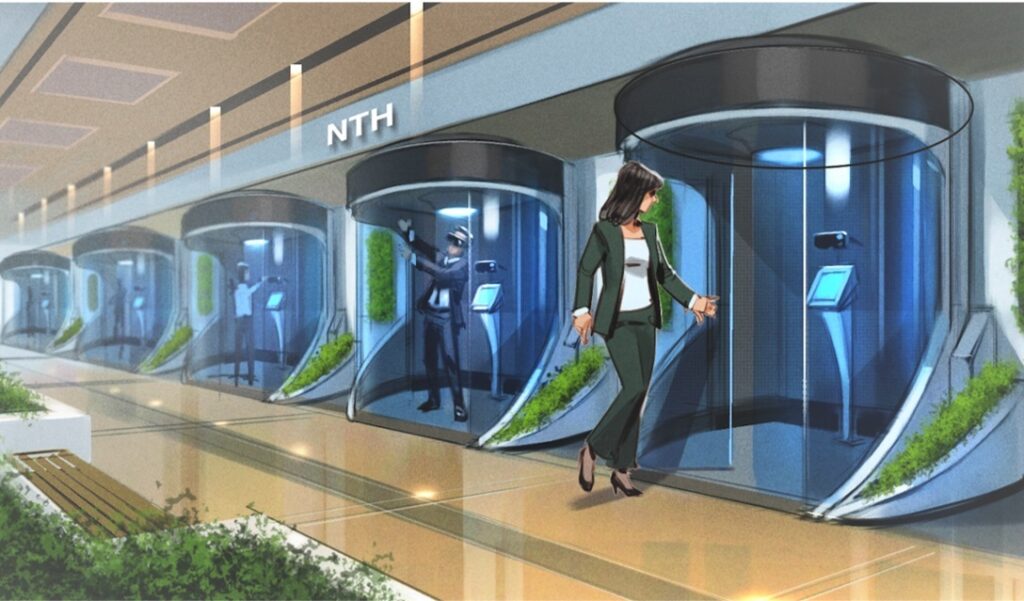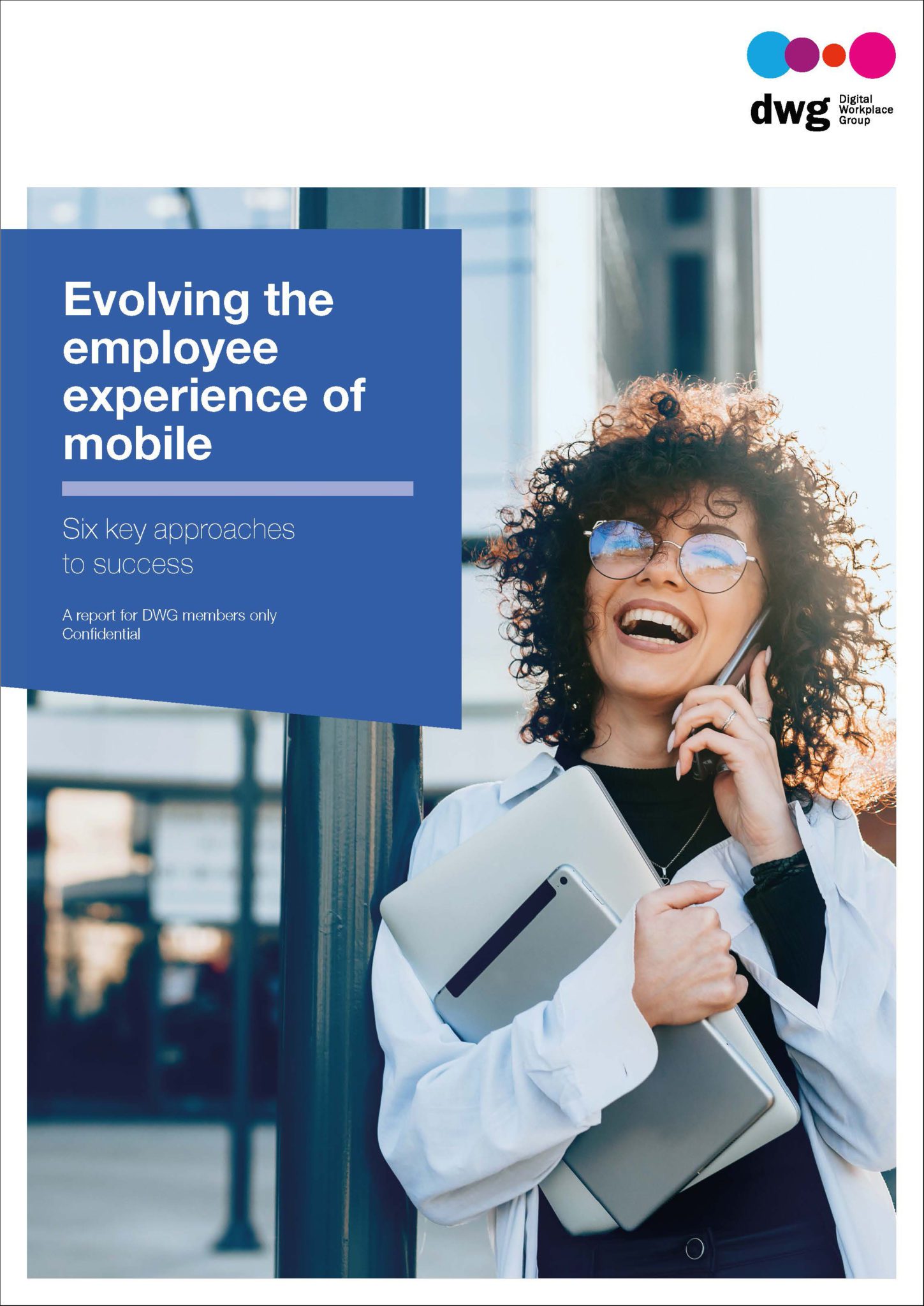Why post-pandemic HQs must be big and small – at the same time
Everyone has an ‘office story’ in these post-pandemic times – and that tale tends to runs along now familiar lines: “I’m in the office sometimes but not anywhere near as often as before – and it’s working fine for me overall.”
Which, as we all know, leaves whole swathes of corporate real estate floundering as it’s no longer the right size for this post-pandemic agile working era, an era that is clearly here to stay.
One significant shift is for employers to reduce their physical footprint, offering instead impressive, but smaller, HQs or landmark city offices. If fewer people are coming to the office, then let’s create spaces that can accommodate those that do appropriately.
One example of this smaller, more beautiful, workspace approach comes from technology firm Cisco. Its latest New York City office provides a variety of flexible workspaces that are both highly attractive to work in and offer alternatives to home working that justify the occasional commute.
This is a changing pattern for offices that we see from talking to many DWG members and other large organizations.
Almost all are slimming down their physical workplaces but making them more impactful for those who use them. Real estate takes time to adjust but this process is underway and has clear financial and human-connection upsides.
What about all those who can’t come to your new spaces?
So far so good. And as a personal aside, I’m looking forward to experiencing Cisco’s NYC space myself, as DWG is planning to host a member gathering there as part of our Rewilding Work Trailblazers community later this year.
But medium and larger companies employ thousands of people who will never visit these repurposed workspaces. What about them? Is this brighter future of better collective connection and experience just for the privileged few?
Which takes me back to 2016.
After a visit to financial services giant AON’s then newly opened London building, and also talking to the US insurance firm Northwestern Mutual, which around the same time was constructing its new physical HQ in Milwaukee, I wrote about a concept I dubbed the ‘Digital HQ’.
Many household-name companies were spending hundreds of millions of dollars on wonderful new physical HQs but, with the centre of gravity for work shifting to the digital (even in 2016), had we woken up to the fact that a grand opportunity was being offered?
Why not a digital HQ as well as a physical one?
And, unlike the in-person workplace, the digital version has space for everyone. It is inherently more inclusive and equitable than a physical centre that may be tricky – or even impossible – to access.
Welcome to your new Digital HQ, where the doors are always open.
Northwestern Mutual embraced the concept of the digital HQ in its planning, introducing an enhanced intranet, better collaboration, and improved unified communications through upgraded digital services.
And now, as smaller, attractive offices are opening their physical doors, it is time for another wave of innovation to enable the potential power and beauty of digital HQs to bring about connection, knowledge and experiences.
There are some leading examples of the Digital HQ, such as Slack, which defines a digital HQ as a space that “removes the limits of physical walls, giving people the flexibility to do their best work where, when and how they prefer”, according to Chris Mills, Slack’s Head of Customer Success in EMEA.
Another example is at Accenture, where a metaverse layer has been added to their version of an HQ. Accenture has built a virtual campus in the metaverse, called the Nth Floor, where employees can enjoy a more immersive experience for learning and networking. It regards this as a component of its digital HQ.
 A visualization of the Nth Floor by Ben Holfeld. Image licensed under the Creative Commons Attribution-Share Alike 4.0 International license.
A visualization of the Nth Floor by Ben Holfeld. Image licensed under the Creative Commons Attribution-Share Alike 4.0 International license.
And mobile games and apps developer Gismart has shifted to a remote and digital-first model, partly because a large portion of the team was based in Ukraine. “We decided to enable full geographical flexibility to all employees, in perpetuity,” says Lana Meisak, Gismart’s former Chief Business Development and Marketing Officer. Gismart believes having a strong digital HQ will be necessary for hiring and retaining talent.
Now Salesforce has tapped Slack (which it acquired) to help it create a wider digital HQ that combines data from across its business with automation of projects and insights, in one central digital hub, giving employees access and enabling them to connect. “Slack is our tool for agility and automation and, through this, we’ve created a digital HQ that is completely transforming the way we work,” said Zahra Bahrololoumi, CEO for Salesforce, UK and Ireland.
5 key attributes that make digital HQs compelling
1. A level playing field
Digital HQs offer a ‘level playing field’, with open access to all employees, contractors and the extended organization. Physical HQs are exclusive, while digital HQs are inclusive and hence more in line with the way digital services connect rather than separate individuals.
2. Getting work done
Physical centres may be impressive but how much really productive work happens in the physical space? Most work takes place (whether we are sitting in a building or not) in the digital realms. The digital HQ is distinctive because it is a space in which you get work done.
3. The power of networks
During a visit pre pandemic to Pfizer HQ in New York City, an executive complained to me that the people who matter no longer came to the office very much. Power in major organizations, even before COVID, had already ‘left the building’, being located instead in digital networks. The digital HQ acknowledges that power now resides in networks – and networks exist in non-physical worlds.
4. Facilitating innovation
To build digital HQs is to provide powerful spaces for innovation, ideas and conversations. The Coca-Cola Company’s ideation and talent management system ‘CokeStarter’ does just that – and the results are impressive. These new digital centres stimulate innovation and creativity.
5. The digital HQ as a meritocracy
The digital HQ is a meritocracy in which anyone can have a voice, and this creation of a single digital centre fosters an intimacy and sense of inclusion that is only possible digitally. In DWG, we had offices once upon a time, but after the last one shut in 2010, our company actually became closer because any sense of ‘them and us’ that had existed while we had a physical HQ was eliminated.
So, start designing your digital HQ. Get that concept into the minds of your leadership – and, remember, for a small percentage of the physical cost, you can produce much higher returns in terms of productivity and engagement.
Related resources
Hybrid work reimagined
Download the free excerpt
Evolving the employee experience of mobile
Download the free excerpt
Digital workplace resilience – key practices in a (post) pandemic world
Download the free excerpt
Related podcasts
Talk to us about…
Categorised in: Uncategorized
 A visualization of the Nth Floor by
A visualization of the Nth Floor by 



